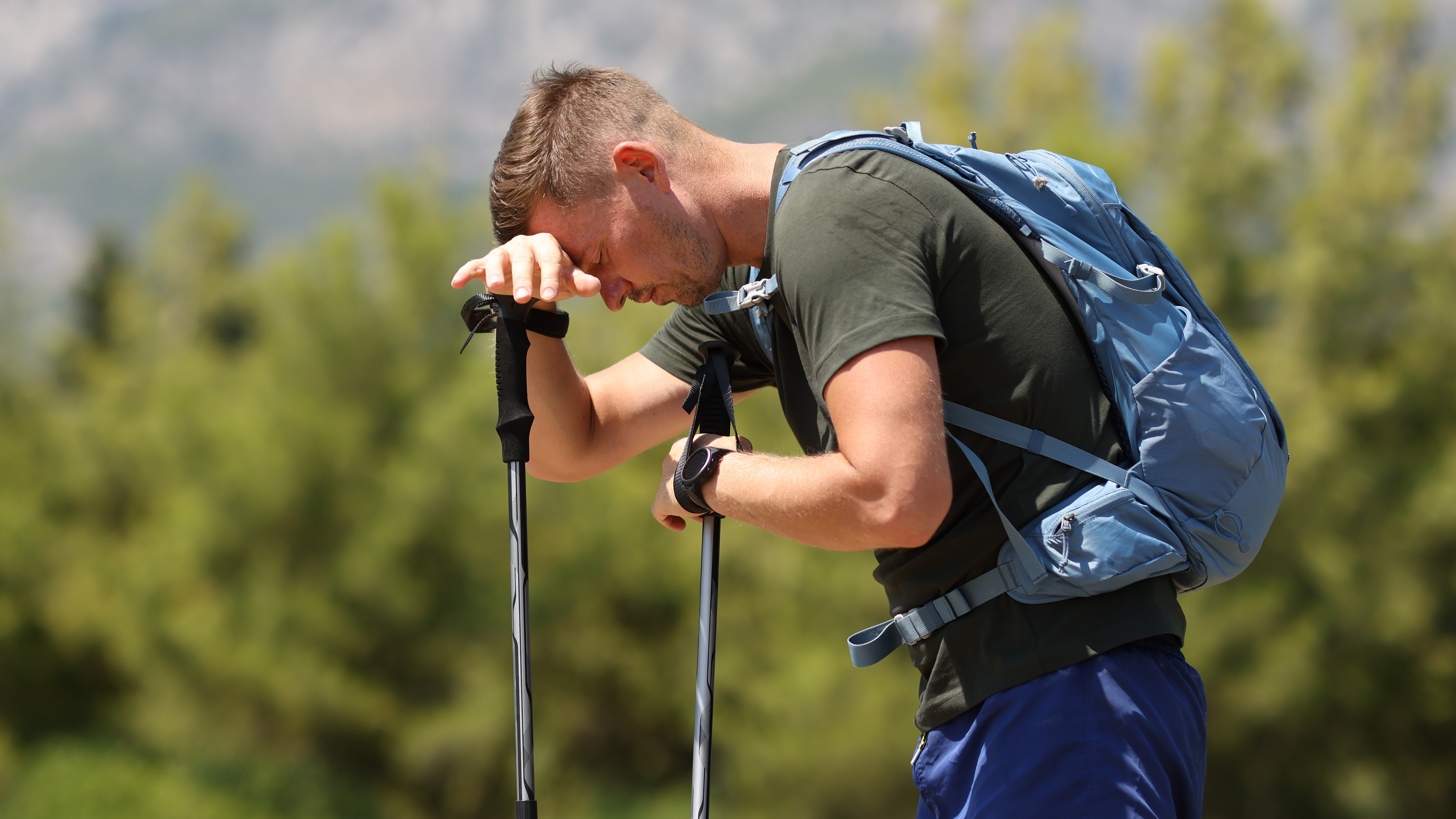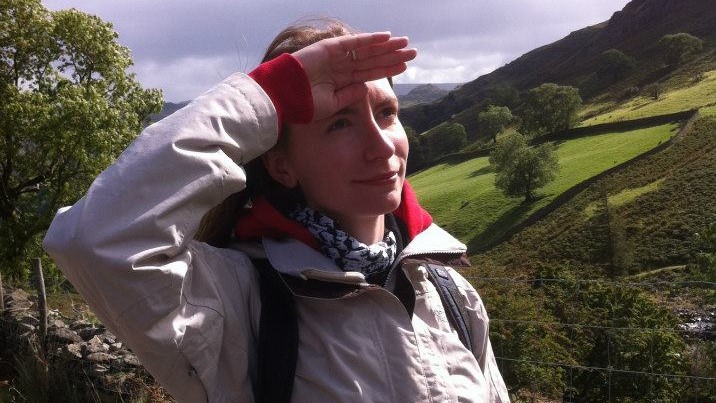
Over 200 hikers and rafters came down with a nasty stomach bug while adventuring at Grand Canyon National Park between April and June this year, according to the Centers for Disease Control and Prevention (CDC). The visitors were struck down by a form of gastroenteritis, believed to be norovirus, which is very infectious and causes vomiting and diarrhea.
As Food Safety News reports, the sicknesses were reported between April 1 and June 17, and were the biggest outbreak of acute gastroenteritis recorded at the park.
Norovirus spreads easily, but there are some steps you can take to reduce your chances of getting sick – at National Parks or anywhere else. The illness is a particular problem where there's close contact between people and it's tricky to keep up good hand hygiene. The CDC advises always practicing good hand washing, and encouraging fellow campers to do the same.
Remember that the virus can stay on hard surfaces for days or weeks, and avoid touching unwashed surfaces then putting your hands near your face or mouth, or touching containers and or utensils that will be used for food.
If someone throws up or has diarrhea, immediately clean up the area, and make sure any sick campers are isolated from everyone else. Avoid sharing toilets and other facilities with anyone showing symptoms. Sick campers should also avoid watersports like rafting.
Food safety at camp
The US Department of Agriculture (USDA) also offers advice on food safety to help you avoid getting sick at camp. Using one of the best camping coolers or packing it frozen with an ice pack will help stop growth of bacteria. You should keep any raw meat separate from other food, and avoid bringing any at all if you don't have a way to keep it cold.
"Most bacteria grow rapidly between 40°F and 140°F," says the USDA. "This temperature range is known as the 'Danger Zone'. Bacteria can reach dangerous levels after two hours (one hour if 90 °F or above). Your goal is to keep food out of that danger zone."
Advnture Newsletter
All the latest inspiration, tips and guides to help you plan your next Advnture!

Cat is the editor of Advnture, She’s been a journalist for 15 years, and was fitness and wellbeing editor on TechRadar before joining the Advnture team in 2022. She’s a UK Athletics qualified run leader, and in her spare time enjoys nothing more than lacing up her shoes and hitting the roads and trails (the muddier, the better), usually wearing at least two sports watches.
